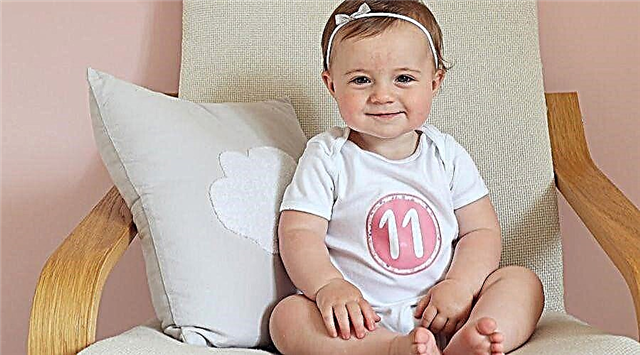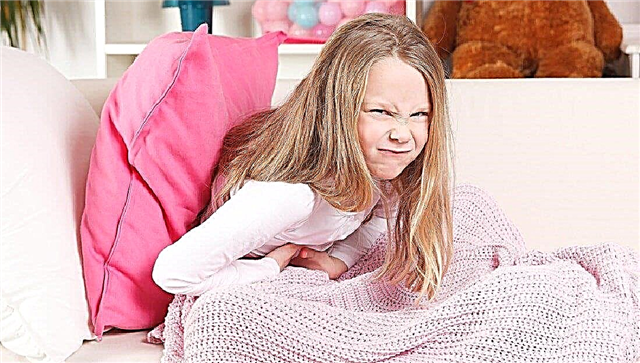
When babies have a runny nose, many parents prefer to turn to folk remedies, proven by many years of use, and not buy pharmacy drops that can be addictive and various side effects. One such remedy is aloe.

Aloe is a popular houseplant. Most often in our country, tree-like aloe is grown on windowsills, which is also called "agave".
The plant is rich in amino acids, phytoncides, enzymes, essential oils, many minerals and vitamins, so it has been used for treatment since the days of Ancient Rome and Egypt.
Operating principle
Phytoncides, which are present in the composition of aloe, have an antibacterial effect, therefore, aloe juice is often used in the fight against a cold, in which green or yellow thick snot is released from the child's nose. In addition, aloe has anesthetic, anti-inflammatory, wound-healing and immunostimulating effects.

Contraindications
Aloe is not recommended for use:
- For the treatment of babies.
- With a viral rhinitis.
- With rhinitis provoked by allergens.
- If blood is found in nasal discharge.
- In case of allergy to this plant.
- With increased blood pressure.

Recipe
For the treatment of a cold in childhood, aloe juice diluted with water is most often used. For its preparation, take the bottom leaves of aloe over 3 years old. Usually they are recommended to first be kept in the refrigerator for at least 12 hours.
Next, juice is squeezed out of the leaf of the plant, which is mixed in an amount of 2-3 drops with a teaspoon of water. You can also make a larger amount by squeezing the juice out of one aloe leaf and adding it to a glass of water. For children over 3 years old juice is diluted with water 1 to 3. Undiluted juice can be used in the treatment of children over 10 years old.
How to apply and drip?
When using aloe to treat a cold, you need to consider the following points:
- Aloe juice diluted with water is dripped three times a day into each nostril, 2-4 drops.
- The solution should be at room temperature.
- Do not use a more concentrated juice solution or increase the frequency of use.
- If there are any side effects, even very mild, the introduction of the juice into the child's nose is stopped.
The duration of the use of aloe should be no more than 3-5 days.

Tips
- If you have any doubts about using aloe to treat your child, refuse such a remedy, since there is always the risk of burns and ulceration on the mucous membrane, as well as allergic reactions to this plant.
- Before use, you should check the child's reaction to aloe. To do this, a little juice is applied to the skin of the elbow or under the nose. In the absence of irritation, after 2 hours, you can drip 1 drop of juice into each nasal passage. And only in the absence of side effects, you can proceed to using the full dose.
- You should not use oil drops based on aloe juice, since the oil component will soften the crusts and dried mucus, and when the snot dries up, aloe will not affect bacteria and the mucous membrane.
- Do not use recipes in which aloe juice is mixed with honey to treat a cold in children. While the sap of the plant is designed to influence pathogenic bacteria, honey is an excellent breeding ground for them.
If you wish, you can use a mixture of aloe and Kalanchoe juices in equal proportions in the treatment of a cold.
Reviews
Both parents and doctors treat aloe with a cold in different ways. Some praise such a remedy and assure that it very effectively helps to get rid of rhinitis, others call it ineffective, and still others are negative because of the high risk of allergies and the danger of mucosal burns.




